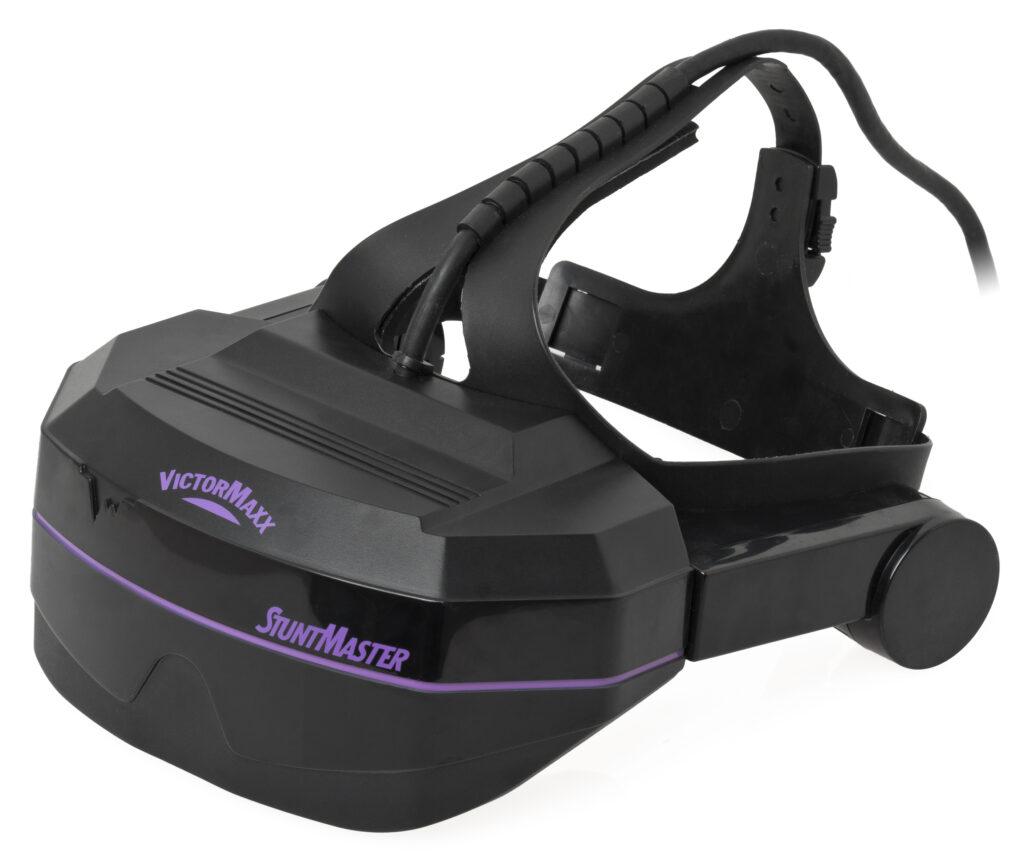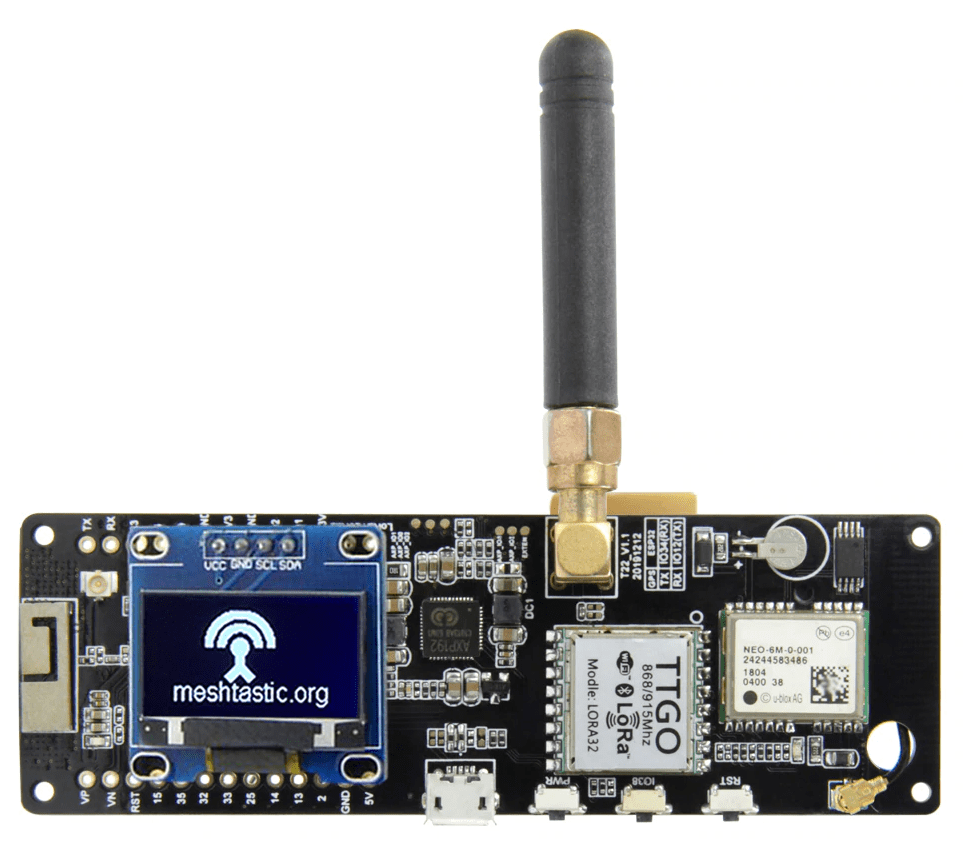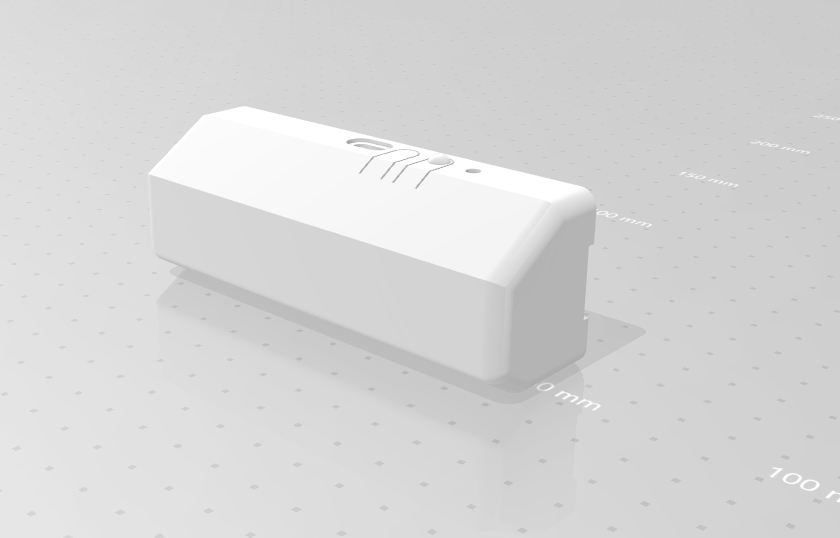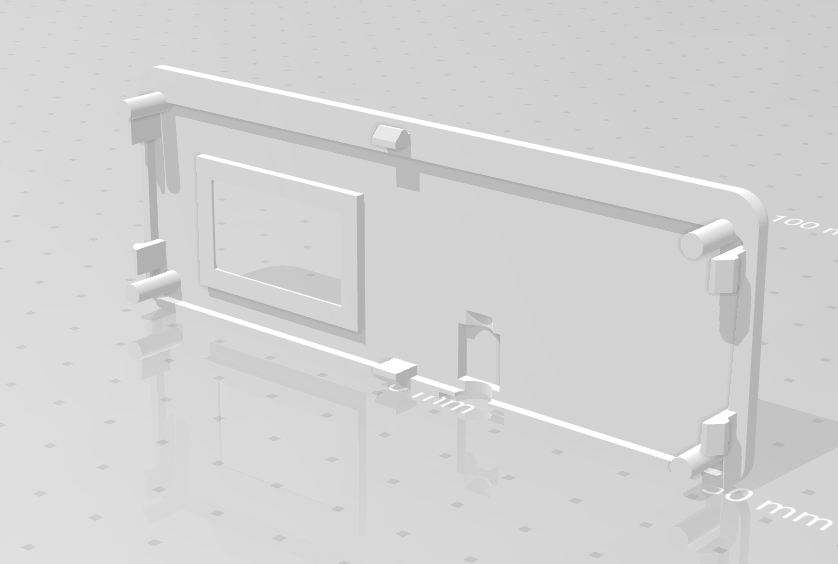Finding My Friend At Burning Man
I’m going back to the desert in a few weeks, and what would a trip to Burning Man be without some new tech to test out? This year, it’s going to be friend-finder, a means of locating and communicating with someone in a city that is notoriously separated from simple things like casually texting or sharing your location (if you can even figure out how to describe where you are at the moment that is). We needed a Meshtastic solution!
Tech In The Open Desert
My first burn included a homemade augmented reality rig. I’d taken a “VR” helmet that had started life as a gimmicky screen for a Sega – The VictorMaxx StuntMaster. It had a 320×240 screen (singular) with a Fresnel lens (a flat one, just a sheet of plastic really) and a controller passthrough port that would let the helmet provide some extra input in the form of left/right when turning your head. It accomplished that feat by clipping a post to your shoulder, and running that post up through a knob on the right side of the headset. It had two tinny speakers in hard plastic headphones, and a cable that ran out the back to your console. I saw it as a wearable screen that took composite input and I immediately wanted to put a computer on the other side of it. With tools of the day (2007) like BazaarAR, I put together a setup that let me see augmented versions of webcam input. I could make the world appear to be on fire, let dolphins swim through the air around me, or call up a clock on command. Cutting edge! So for that Burning Man, I mounted the webcam to the front, ran the video to a laptop in my backpack, ran that through software to do the augmenting, and put that back on the screen in the headset. It was… disorienting. The view being about 3 inches in front of my face, and delayed by about a quarter to half a second made moving around the world a soupy and strange process.
Over the years that followed I’d always have something to test out there. an Alpha rhythm reader, a homemade night vision goggle set, microwave internet, drones – it’s always fun to test tech out there. The downsides take two main forms out there however: dust and heat. No, there is no sand at Burning Man. None. There is no sand. It’s not sandy there. What there actually is, is a talcum-powder-like alkali dust that is caustic and even a little conductive. Once it gets in electronics they get finnicky or they die outright. Add the 100F+ days and the best laid plans… you get it. Things die there.
This Time, It’s (Inter)Personal!
For 2022, I’m working on a little project so that my friend Duncan and I can communicate and find each other more readily. We’re going to be using a pair of TTGO Meshtastic T-Beam V1.1 repeaters, along with our cellphones, as a means of exchanging data without access to a working cell network. The basic components of these kits are:
- An ESP32 chip for Wifi and Bluetooth connectivity to the phone
- An SX1276 chip to act as the LoRa (Long Range Radio) Transceiver
- A NEO-6M chip to do the GPS legwork
- A ~1 inch OLED display
The kits do require some soldering and programming – so Step One was to get the screens attached.
SCREEN STUFF!
Step Two was to get these things protected enough to use in a rugged environment. For that I used the services of Prototype Hubs, which proved to be an easy to use site for finding a fit for your 3D Printing needs. I don’t own a 3D Printer, and seeing as how this is the first time I felt like I really needed a custom printed item, I feel like that’s an ok decision for now. So for a quick print, I wanted to find someone fairly local and get them the files I snagged from ThingVerse, and have them print up two cases. I chose a type of plastic to use and sent over the order for approval and a few hours later the printers were… printing. Thankfully the maker gave me the option to change my mind to a more heat-friendly plastic as there was a real likelihood that the original choice was going to melt out there.
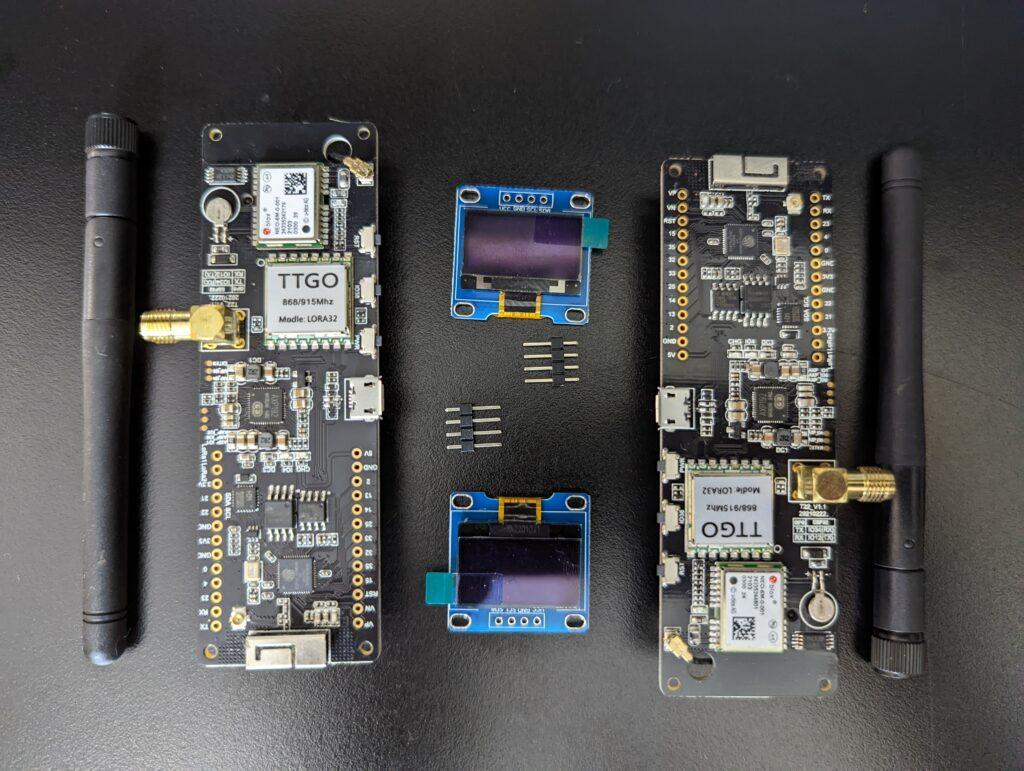
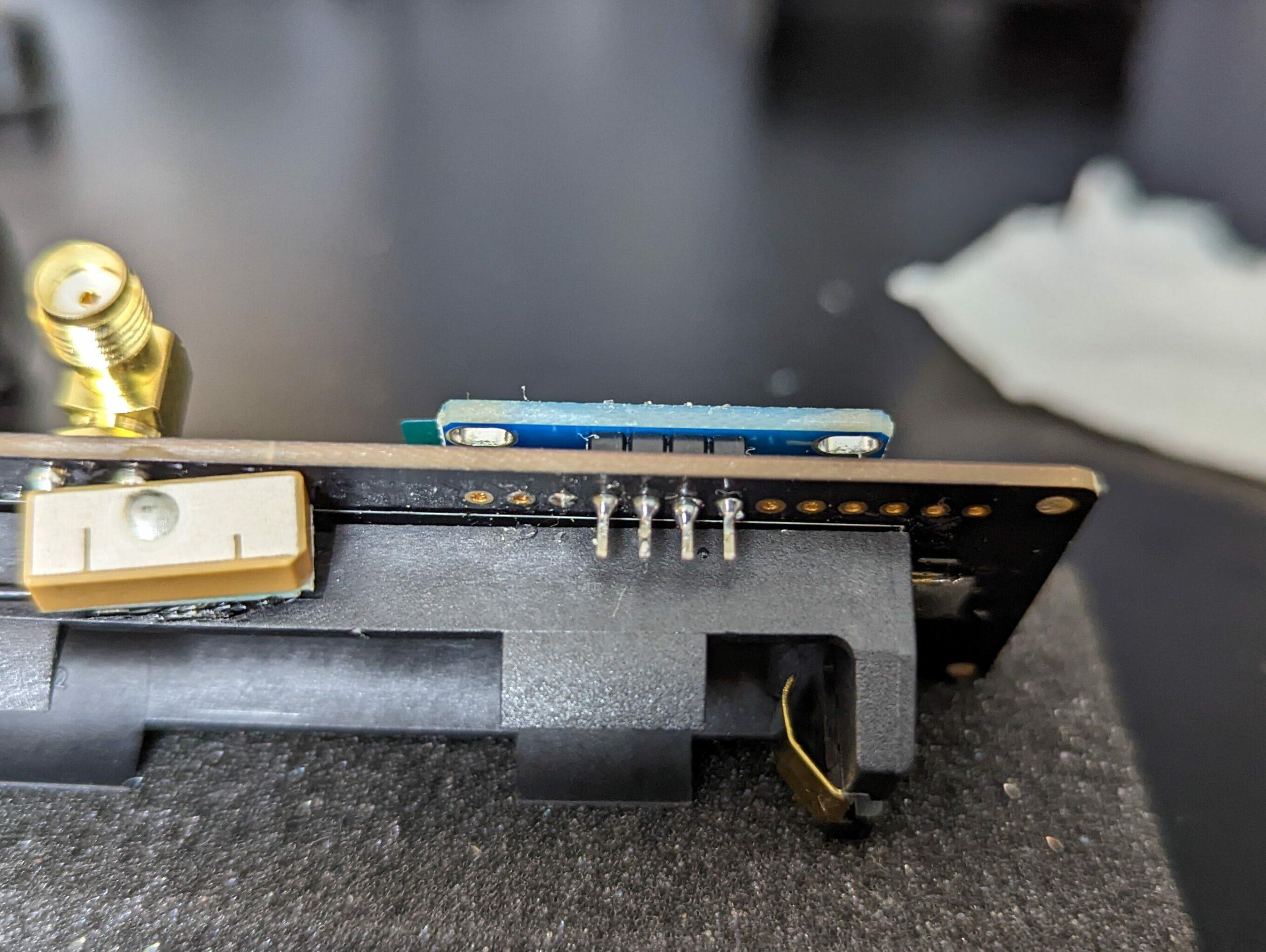
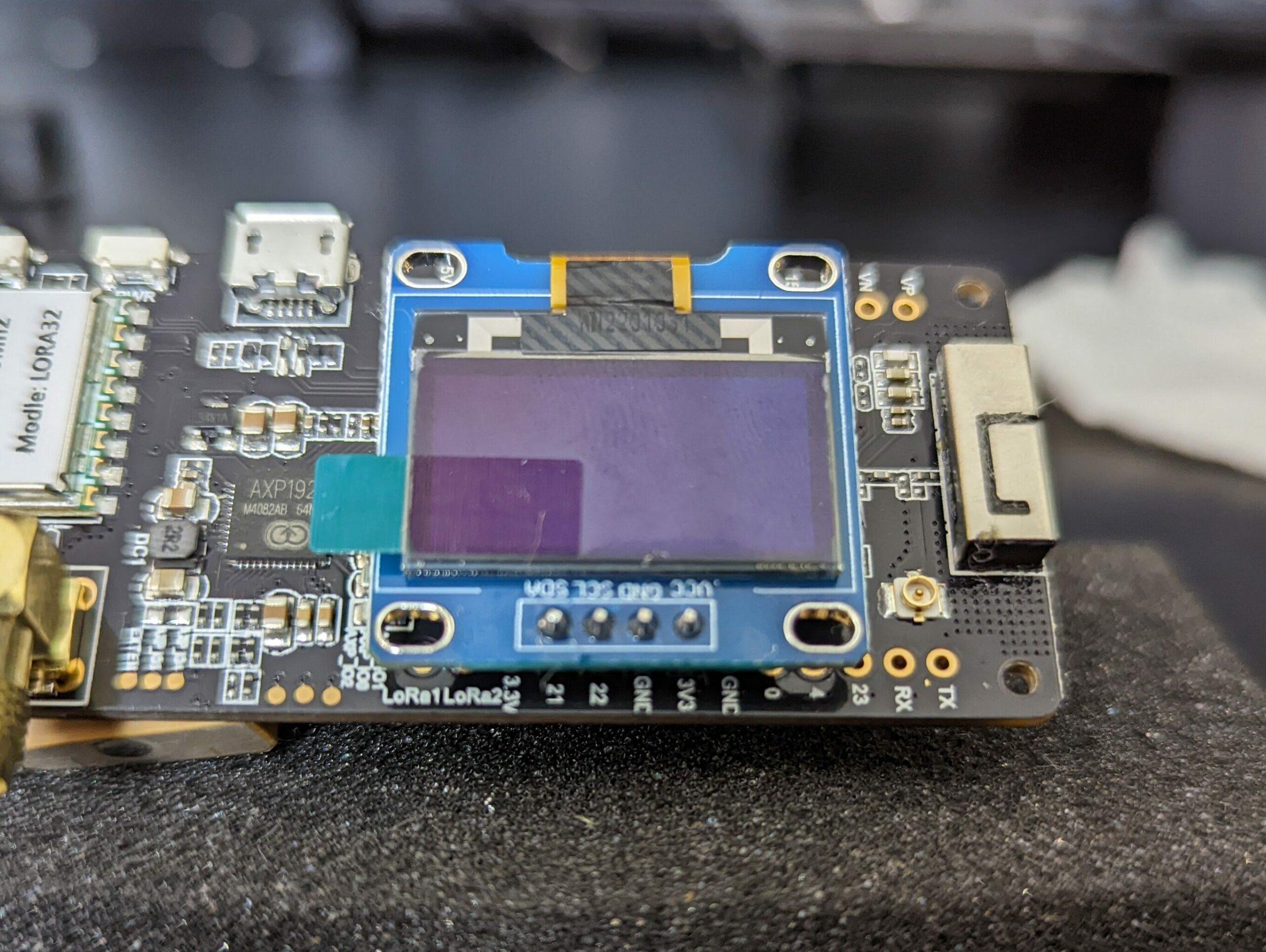
Step Three was to get these things up and running and get them talking to each other! I popped an 18650 Li-ion cell in each of them and powered them on.
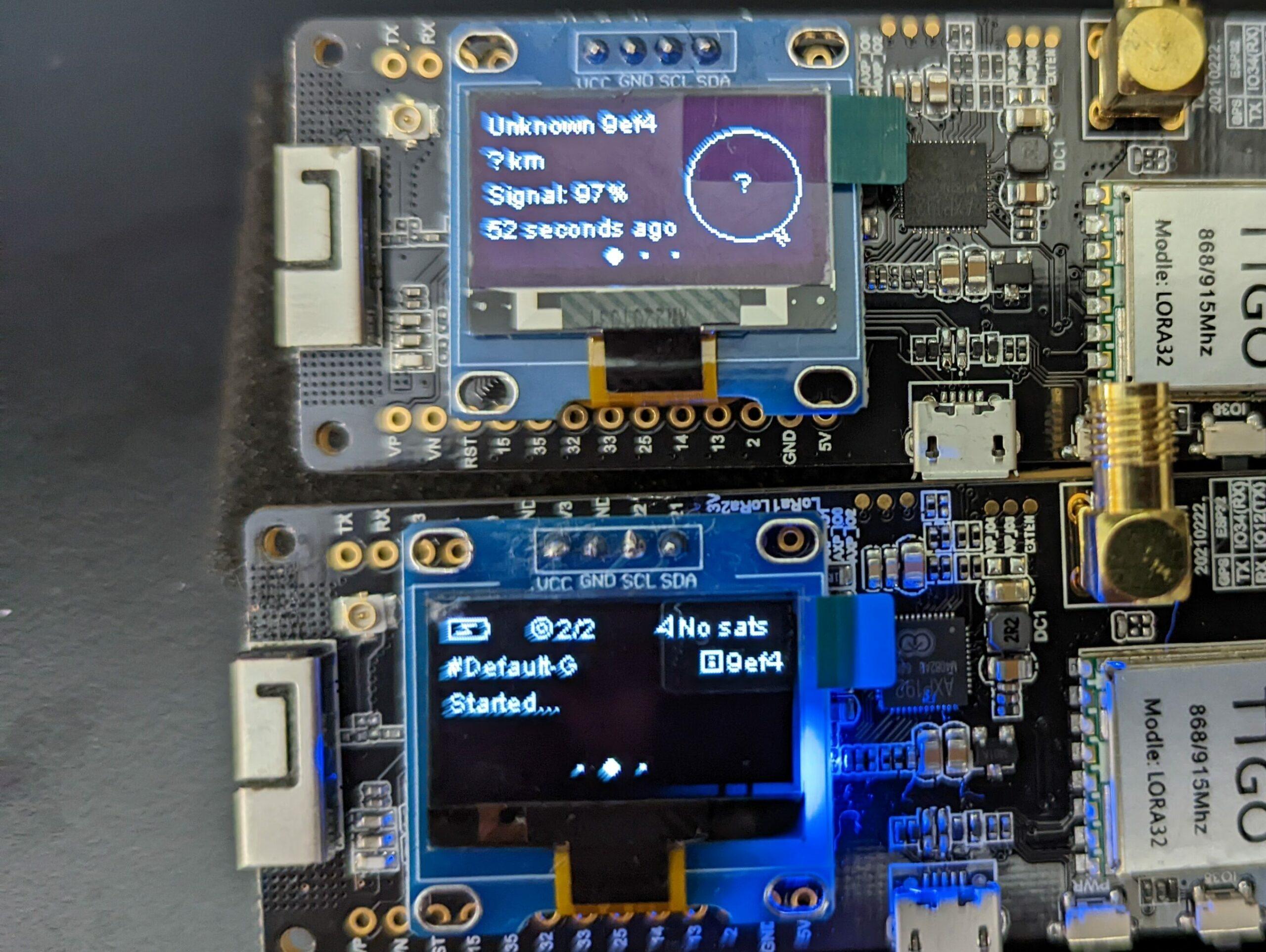
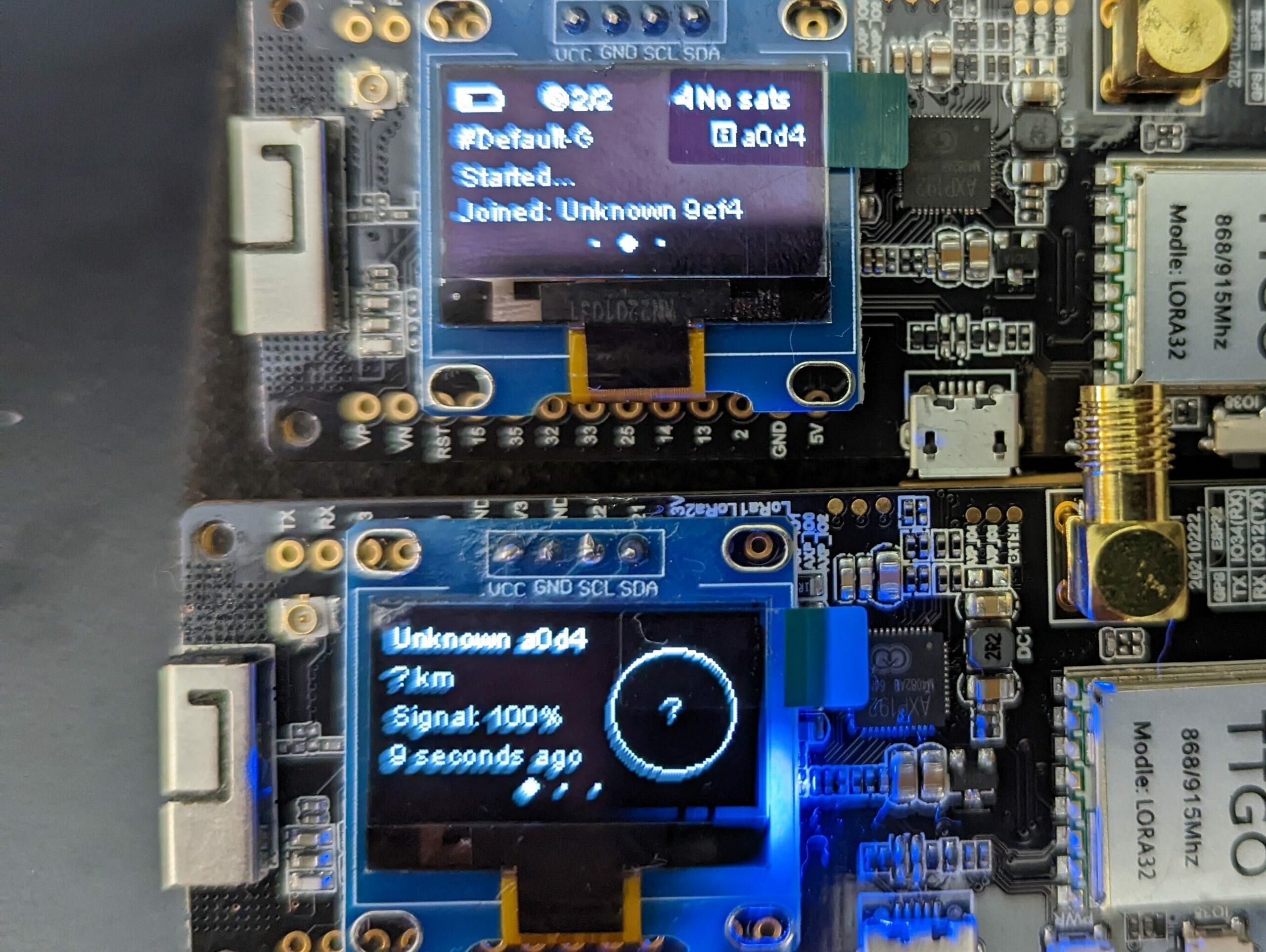
The app that manages the software running on these bad boys is Meshtastic, available for Android and iOS. First things first, I updated the firmware on both radios to the latest version, then set up a test network and IDs, and bingo-bango the setup was up and running. A Meshtastic network ready to go in no time flat.
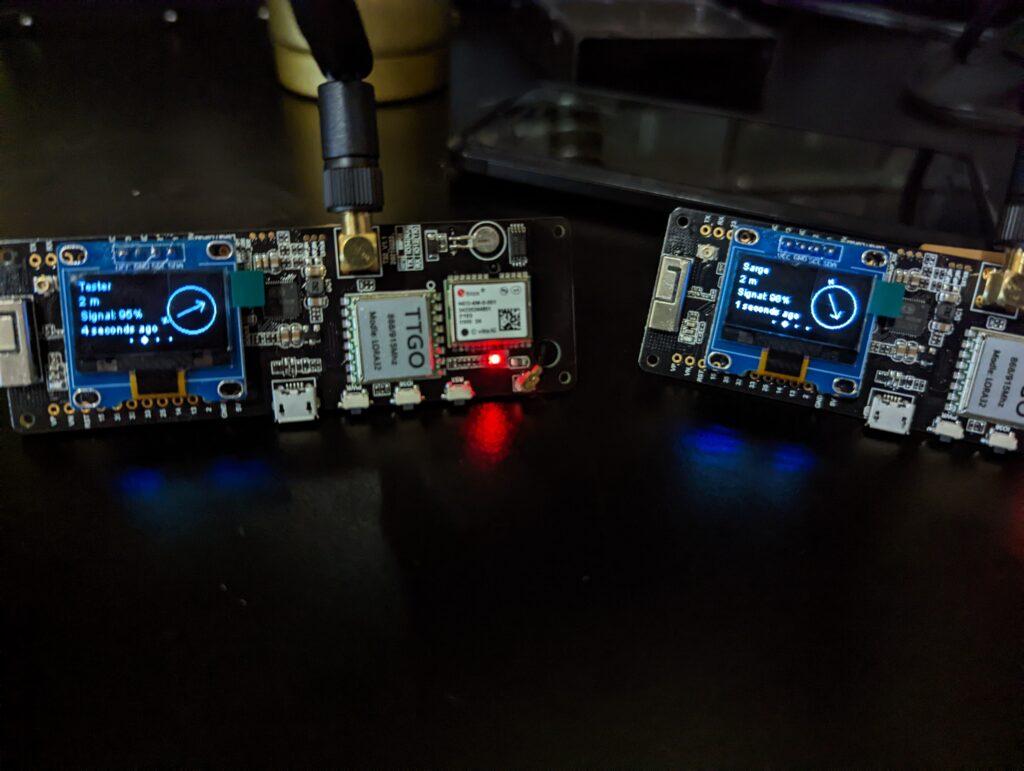
I’m looking forward to the oldschool compass heading way of finding Duncan out there in the dust. That way, 975 meters, let’s go!
You get a preview of your texts right on the device, and can swap between a few modes showing signal and satellite details, texts, and the locator. These things are gonna be fun!
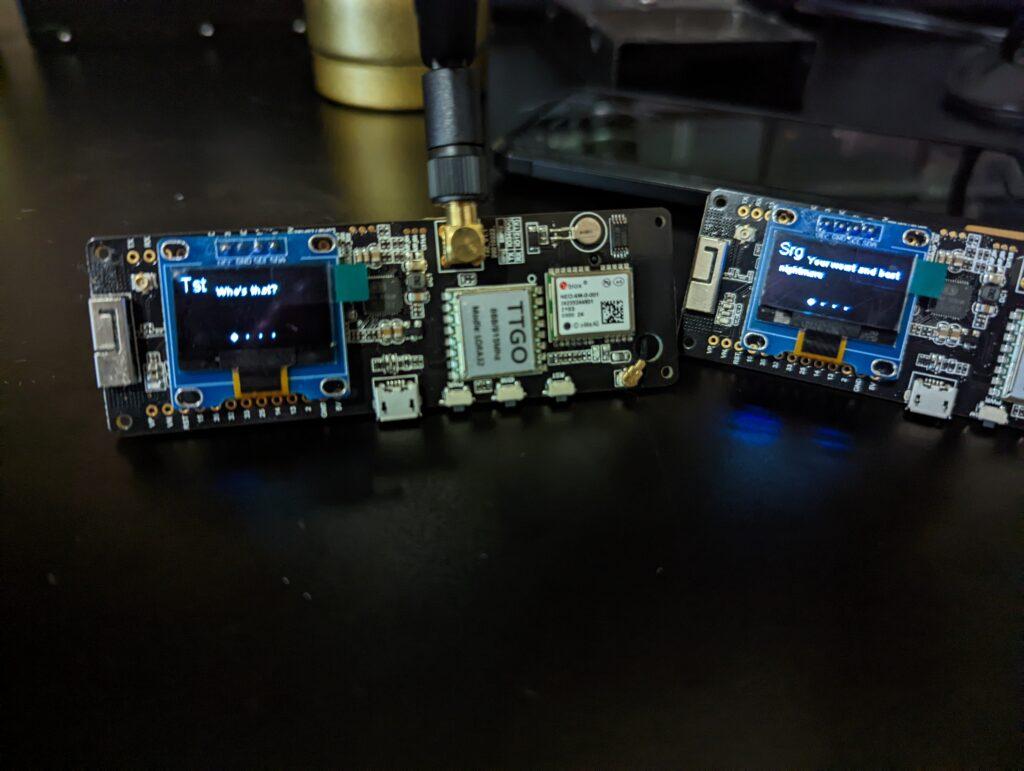
Once the cases arrive, I’ll be on to Step Four – mounting the boards inside and closing them up. They can be charged through the housing with a USB Micro port so I should be able to leave them closed up from here on out.

